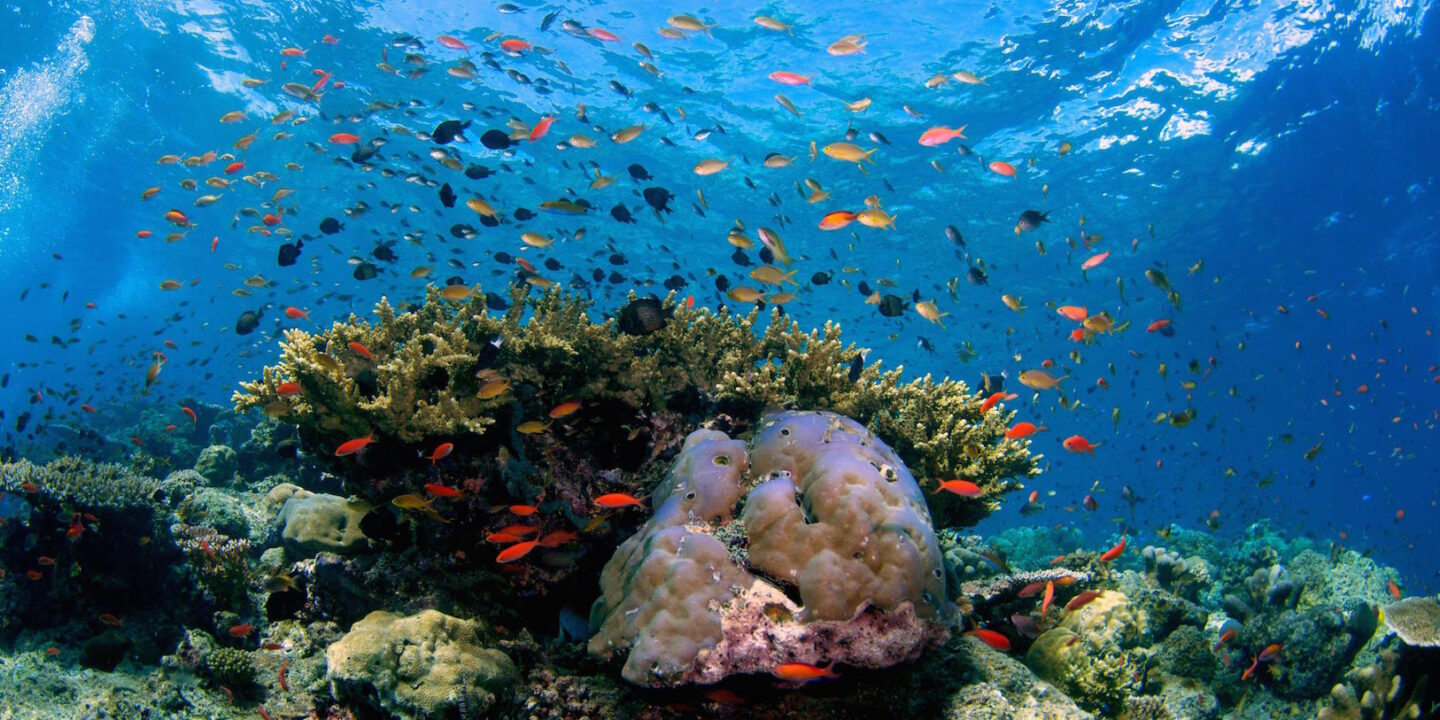In October 2010, 190 UN member countries committed to reaching the Aichi Targets, a set of 20 goals developed to protect earth’s biodiversity. The targets encompassed multiple areas of biodiversity conservation, including sustainable fishing, land use rights, reforestation, public awareness, and more.
On Sept. 14, the United Nations (UN) announced that not one of the Aichi targets were met, marking the second consecutive decade of failure to protect earth’s biodiversity. Since 2010, the outlook for endangered species has only worsened. Coral bleaching has seen a devastating increase, deforestation rates have remained high, and Earth has continued to inch towards its sixth mass extinction as wildlife populations plummet.
Many scientists have attributed this failure to the dip in government funding allocated to biodiversity conservation. In the decade since the Aichi Targets were signed, funding for these efforts has plateaued in many countries. Annual worldwide funding made available to UN countries for projects related to the Aichi goals is estimated to be between $78 and $91 billion USD, but a UN report states that hundreds of billions of dollars will be necessary to meet the Aichi goals.
In an interview with The McGill Tribune, Andrew Gonzalez, Professor of Biology at McGill and Founding Director of the Quebec Centre for Biodiversity Science, explained the global neglect of the Aichi Targets and the importance of biodiversity.
“There’s no doubt [that] this is an emergency,” Gonzalez said. “These targets are very important. They are the centerpiece for international collaboration and they provide focus for national efforts for conservation.”
While none of the targets were fully achieved, six were partially met, including those related to invasive species and protected lands. Forty-four per cent of biodiverse areas are now protected, an increase from 29 per cent in the year 2000. Two-hundred invasive species on islands have now been eradicated.
“It’s easy to motivate countries to achieve that target,” Gonzalez said. “Progress towards goals is made easier if the targets are easy to implement and progress can be easily assessed. Invasive species are very easy to quantify for economic impact. Many of the other targets are harder to quantify.”
Preserving biodiversity is not solely for the benefit of endangered species. Changes in species richness, the number of species present in a given area over time, is known to have a drastic effect on the human systems that depend on biodiversity. Ocean wildlife provides 50-80 per cent of earth’s oxygen and absorbs 28 per cent of the carbon dioxide in our atmosphere. At least 40 per cent of the world’s economy is derived from biological resources. Biodiversity can even help to slow climate change.
“Climate change is impacting biodiversity on land and in the oceans, but the flip-side of the coin is that ecosystems are a sink for carbon,” Gonzalez said. “Terrestrial ecosystems have been a sink for around 20 per cent [of] fossil fuel emissions over the last 30 years. But the destruction of this carbon sink will exacerbate climate change and prevent humanity’s efforts to keep global warming to below two degrees celsius.”
When the Aichi Targets were first set in 2010, they were immediately criticized for lacking ambition. Continuous failure on the part of national governments to meet global sustainability targets has left many people wondering if setting such goals is worthwhile, or if taking a different approach is necessary. Gonzalez argues that global goal-setting remains key.
“People will come together around the targets,” Gonzalez said. “It’s a good thing that people are saying that [the targets] are not effective. [The] process is patchy and partial, but it’s progress nonetheless [….] I believe we need to offer policy and decision makers the knowledge they need to take action and make effective policies. This is about supporting bottom-up approaches in addition to the top-down ones.”
Hope for Earth’s biodiversity can be found in the new Aichi Targets set for 2030, although the looming fear of a third consecutive decade of failure remains.








